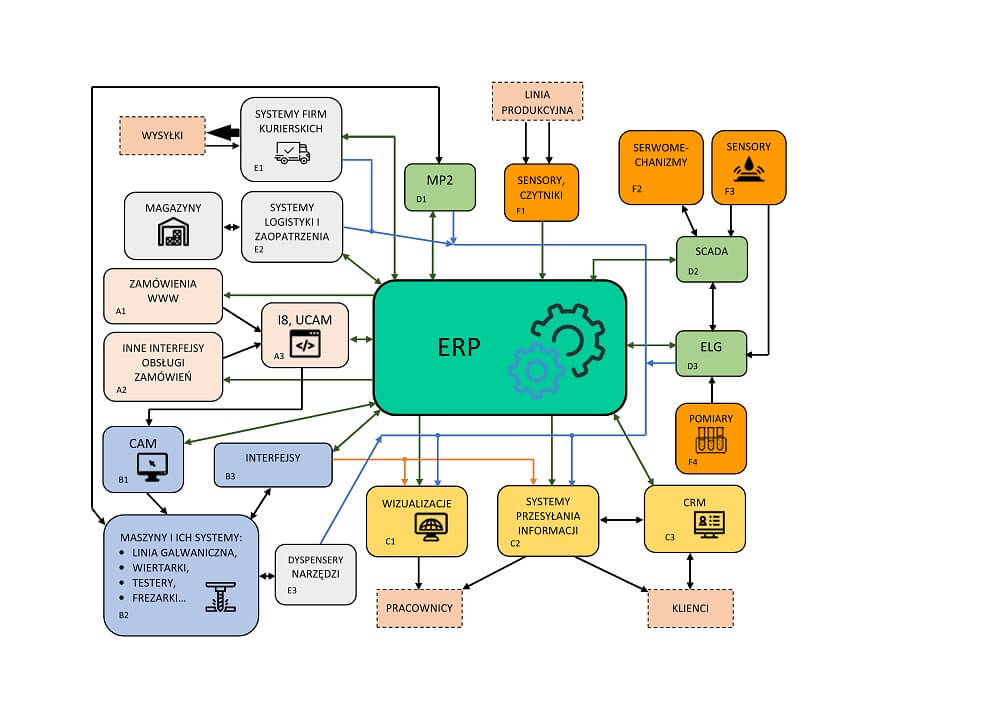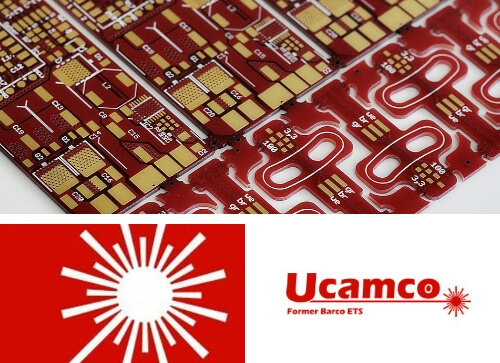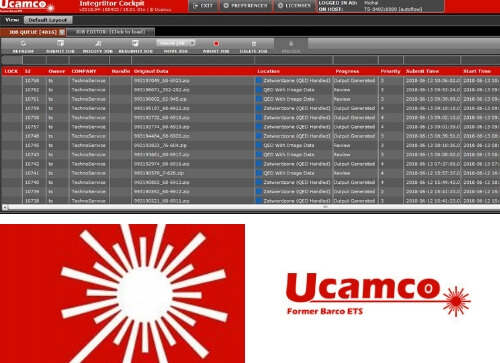What conditions should be fulfilled so making blind vias in the project was possible?
.jpg)
► Definition:
Blind vias are holes drilled only to a certain depth of the printed circuit.
This way they allow to connect a given external layer with a chosen internal layer/layers without necessity to drill through the entire thickness of the circuit. On the below illustration, the example of the blind via is shown made from the TOP side connecting it with the first internal layer. This, however does not mean that making from the second side of the printed circuit is not possible - such situation is clearly permissible. So, they can be made from the TOP side, from the BOTTOM side and from both sides simultaneously.
► Requirements:
Application of blind vias in the PCB project requires adopting to technological requirements. The first problem is the covering – you cannot use in their case the HASL/HAL type dip tin-plating method mainly due to a lack of possibility of removing the tin excess from such a hole.
The second restriction is dependence of the depth of the blind via from it diameter which is defined individually by the PCB manufacturer. In TS TCB this looks like this:
For drilled diameters (the drill bit diameter, D) from 0.25 mm to 1.00 mm, the depth is 0.75*D;
For drilled diameters (the drilling bit diameter, D) above 1.00 mm the depth is equal D;
Shown drilled diameter is the final diameter of the hole (assumed in the project) reduced by 0.1 mm. So, in relation to the final diameters above classification looks like this:
For the final diameters of the holes (D2) from 0.15 mm to 0.90 mm, the depth is:
0.75*(D2 + 0.1 mm)
For the final diameters of the holes (D2) above 0.90 mm, the depth equals D2+0.1;
► Application:
Bling vias are the most often used in so called HDI (High Density Interconnect) circuits that contain elements of high density of the connectors e.g. µBGA. They allow for the signal lead out from the via located between the soldering lands (or directly from the soldering land, so called via in the pad) through the internal layers instead of realization of such a connection with the traces located between pads. They allow also to better utilize available space on the circuit surface without necessity to increase it dimension – the via is not passing through the entire thickness of the laminate thanks to which the usable area from one side of the circuit is increased.









